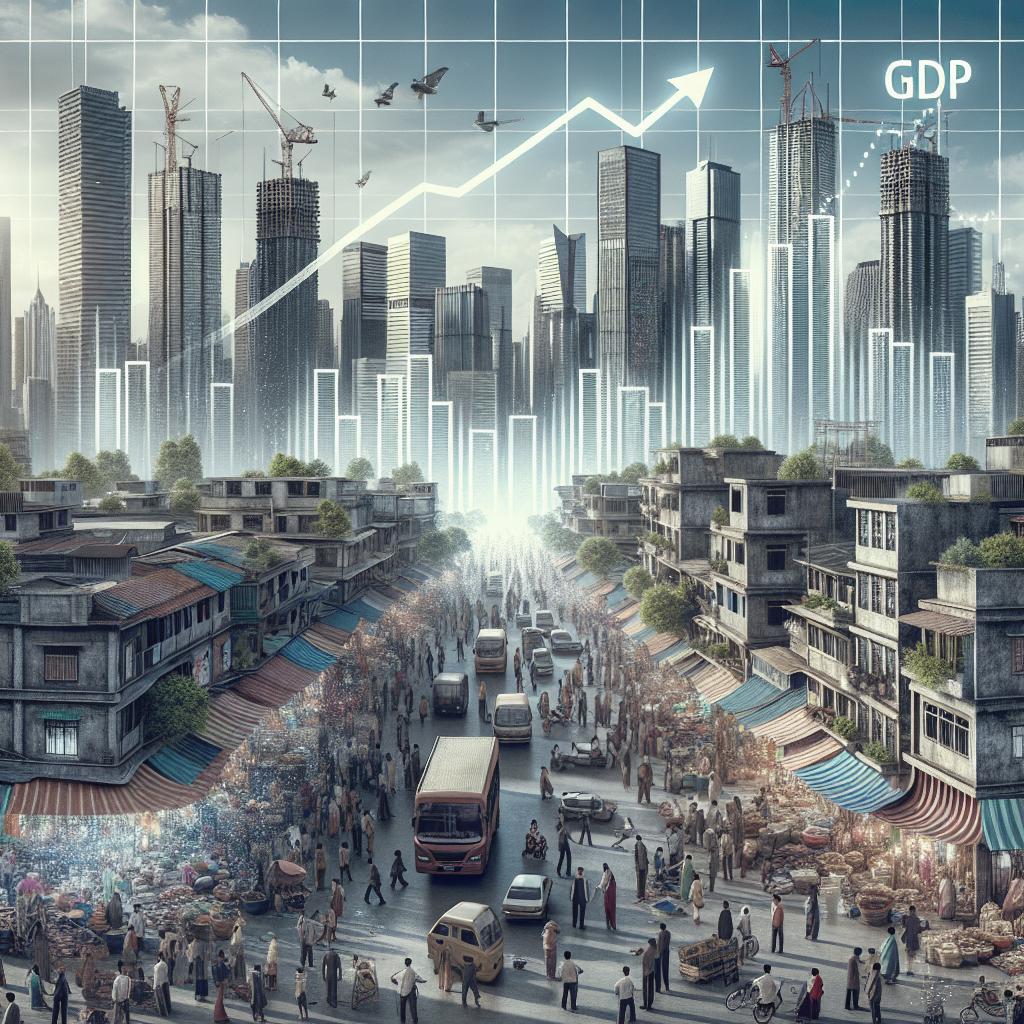GDP Growth in Developing Countries
In the past few decades, developing countries have shown fluctuating trends in economic growth, with GDP as a primary indicator of progress. This blog post explores how different countries approach their economic growth, the importance of balanced development, and the strategies required to realise ambitious growth objectives. It delves into the marathon-like journey of economic advancement, stressing that how growth is achieved is as significant as the growth itself. By dissecting these themes, we can understand the varied trajectories of developing nations and lessons applicable globally.
Economic growth is a marathon, not a sprint, and while some nations have made plans for long-term progress, others have squandered their good fortune and resources.
Global economic growth patterns illustrate that progress is akin to a marathon; steady, deliberate, and requiring sustained effort over time. Developing countries often inherit a complex web of social, economic, and political challenges that can either catalyze or hinder their growth. Some nations have crafted detailed plans for forward movement, recognizing the importance of infrastructure investment, education reform, and diversifying their economies to weather global economic fluctuations.
On the other hand, history records cases where countries, albeit rich in resources, have lagged in economic progress due to mismanagement, corruption, and lack of visionary leadership. These nations often fall into the trap of short-term gains and quick fixes that do not align with long-term development goals. This dichotomy creates a spectrum of growth trajectories, from success stories to cautionary tales, offering invaluable insights into what constitutes effective economic policy.
How Economic Growth Takes Place Is Critical
The method through which economic growth is achieved holds immense significance. Rapid industrialization and urbanization contribute positively to GDP but can also lead to environmental degradation and socioeconomic disparities. This necessitates a balanced approach to ensure that growth is inclusive and benefits a broad section of the population. Sustainable practices and adherence to environmental standards are critical to maintaining ecological balance and enhancing quality of life.
Furthermore, technological integration plays a pivotal role in how economies modernize and improve productivity. Access to the internet, mobile connectivity, and digital literacy initiatives can significantly elevate GDP growth by fostering innovation and opening global markets to local businesses. Thus, developing countries must focus on creating policies that harness technology as a tool for economic empowerment.
Balanced Economic Development Is Key
Balanced economic development requires harmony between sectors such as agriculture, manufacturing, and services, along with equitable distribution of resources. Relying too heavily on one sector can render an economy vulnerable to market changes. Therefore, diversification is not just strategic; it is essential. Countries like India and Brazil exemplify how a blended approach across various industries can catalyze consistent growth.
Investment in human capital is another cornerstone of balanced development. Enhancing educational systems and vocational training ensures that the workforce remains adaptable to changing economic landscapes. Moreover, fostering gender equality and empowering marginalized communities can tap into previously underutilized potential, thereby maximizing the national output and fostering cohesive societal progress.
Realising Growth Ambitions
The realization of growth ambitions in developing countries necessitates a synergy between government initiatives, private sector participation, and international cooperation. Political stability and robust institutions can create an environment conducive to investment and innovation. Additionally, public-private partnerships can address infrastructural deficits and fuel economic development through collaborative ventures.
International aid, in the form of financial assistance, expertise, and technology transfer, also plays a vital role in supporting growth ambitions. However, it is crucial that aid aligns with national priorities and fosters self-reliance in the long run. Strategic alliances and multilateral trade agreements can further augment growth prospects by increasing access to global markets and fostering competitiveness.
Lessons Learned
| Key Aspect | Details |
|---|---|
| Long-Term Planning | Essential for sustained growth, requiring infrastructure and education investments. |
| Sustainable Growth Methods | Includes technological integration and environmental responsibility to ensure inclusive development. |
| Balanced Development | Focus on diversification and equitable resource distribution to avoid sectoral dependency. |
| Realizing Growth | Requires a blend of government, private sector, and international cooperation. |
Media Contact
For further inquiries, please contact Lucas Martin at [email protected] or follow on Twitter @LucasM_Journ


